America’s national parks offer some of the most spectacular wilderness experiences on the planet, yet most visitors stick to established campgrounds and popular trails. Beyond the crowded facilities lies a network of dispersed camping opportunities that provide solitude, authentic wilderness encounters, and a connection with nature that developed campgrounds simply can’t match.
These backcountry spots require permits, preparation, and respect for Leave No Trace principles, but they reward adventurous campers with experiences that define true outdoor exploration. Here is a list of 18 hidden bush camping locations across America’s national park system.
Yellowstone’s Shoshone Lake

This massive backcountry lake sits completely removed from any road access, requiring a minimum 8-mile hike to reach its pristine shores. The lake offers designated backcountry campsites along its perimeter, with some accessible only by canoe or kayak. Hot springs bubble up from the lake bottom in several locations, creating warm pockets perfect for a wilderness soak after long hiking days.
The area sees a fraction of Yellowstone’s visitor traffic yet provides the same geothermal wonders that make the park famous.
Grand Canyon’s Hermit Creek

Below the rim in a world away from tour buses, Hermit Creek flows through a narrow canyon lined with cottonwood trees and natural swimming holes. The creek provides reliable water year-round, supporting a desert oasis ecosystem that attracts wildlife from bighorn sheep to ringtail cats.
Camping here requires hiking down unmaintained trails that challenge even experienced backpackers. The solitude is profound—some campers report not seeing another person for days while staying in this hidden corner of one of America’s busiest parks.
Like Travel Pug’s content? Follow us on MSN.
Glacier’s Hidden Cirque Basin
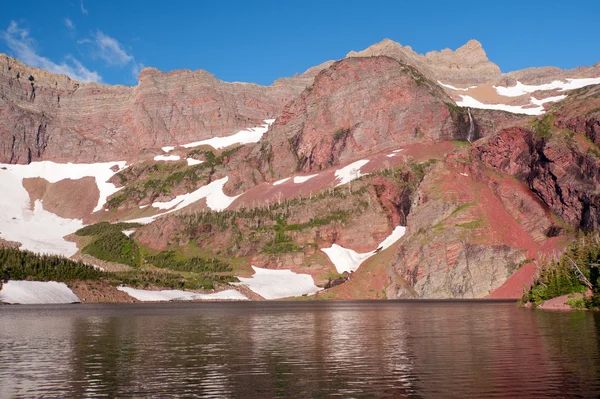
This cirque basin sits at the base of towering peaks along the Continental Divide, accessible only by a strenuous seven-mile trek through alpine meadows and over rocky passes. The camping area sits beside a pristine mountain lake that remains partially frozen well into the summer months.
Mountain goats frequently graze the surrounding slopes, seemingly unbothered by the few humans who make the journey to this remote location. Weather changes rapidly at this elevation, making proper gear essential for safe camping.
Olympic’s Enchanted Valley
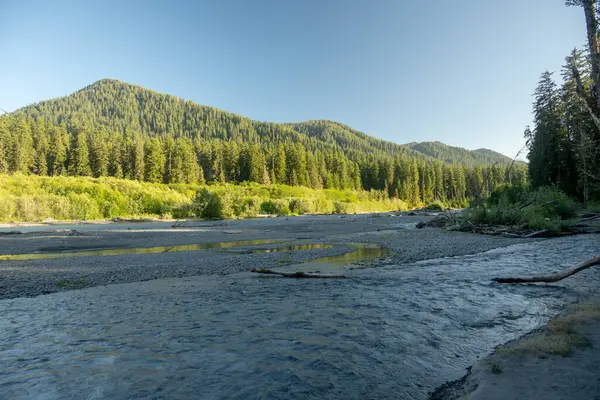
The ‘Valley of 10,000 Waterfalls’ lives up to its nickname during spring snowmelt, when countless cascades tumble from the surrounding peaks into the Quinault River valley below. The area requires a 13-mile hike through temperate rainforest but rewards visitors with camping beneath some of the most dramatic mountain scenery in the lower 48 states.
Elk herds move through the valley regularly, and the old chalet ruins add an element of human history to the wilderness experience.
Death Valley’s Wildrose Canyon
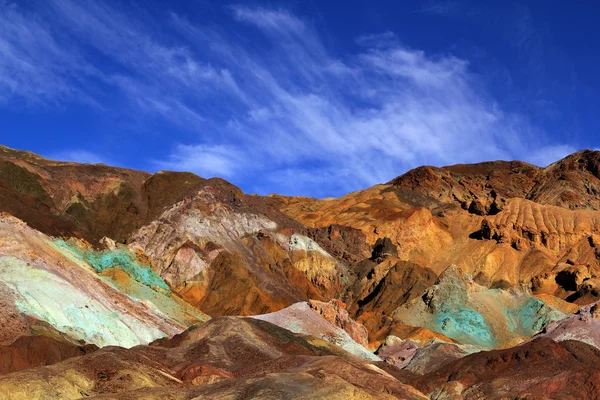
High in the Panamint Mountains, this canyon offers a cool refuge from the desert heat below while maintaining the stark beauty that defines Death Valley. The area features dispersed camping among pinyon pines and juniper trees—a surprising contrast to the park’s reputation for barren landscapes.
Clear night skies here rank among the darkest in the nation, making this spot exceptional for stargazing and astrophotography. The nearby Wildrose Charcoal Kilns provide historical context and make for interesting exploration during the day.
Like Travel Pug’s content? Follow us on MSN.
Zion’s West Rim Trail Camps
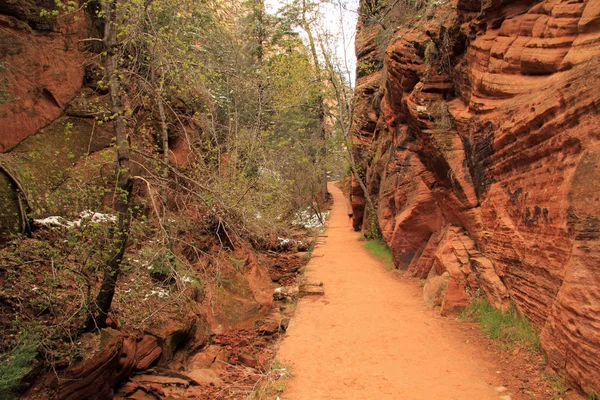
Beyond the crowds of Angels Landing and the Narrows, the West Rim Trail leads to designated camping spots with panoramic views across Zion Canyon. These sites require advanced permits and a challenging climb out of the canyon, but offer sunrise and sunset views that few park visitors ever experience.
The camping spots sit on sandstone slabs with minimal vegetation, creating an almost lunar landscape feeling. Water must be carried from springs lower on the trail, adding to the adventure and planning required.
Rocky Mountain’s Thunder Lake
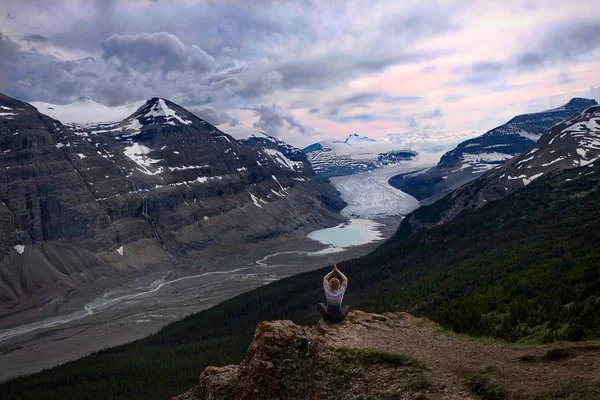
This alpine lake sits in a glacial cirque surrounded by 13,000-foot peaks, accessible only by a demanding 6.8-mile hike that gains over 2,000 feet in elevation. The designated camping area provides stunning views of Pagoda Mountain and other Continental Divide peaks reflected in the lake’s still waters.
Wildlife encounters are common, with elk, moose, and black bears frequenting the area. The thin air at 10,574 feet elevation affects many visitors, making acclimatization important for a comfortable camping experience.
Great Smoky Mountains Mount Cammerer
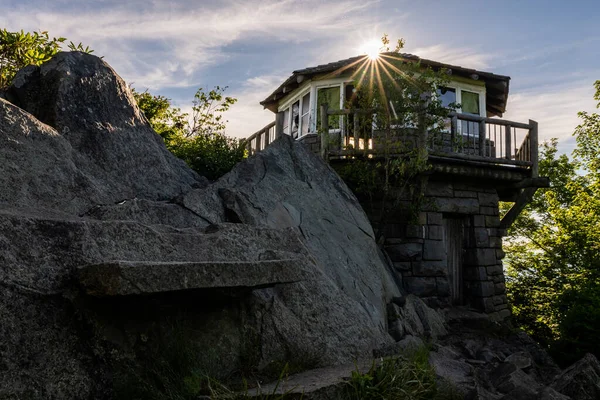
This lesser-known peak offers backcountry campsites with 360-degree views across the Appalachian Mountains, far from the park’s busy valleys and waterfalls. The historic fire tower at the summit provides dramatic photo opportunities and helps with navigation in the sometimes confusing trail network.
Spring wildflower displays here rival anything else in the park, while fall colors stretch to distant horizons. The area receives significantly less foot traffic than popular destinations like Clingman Dome or Cataract Falls.
Like Travel Pug’s content? Follow us on MSN.
Arches’ Fiery Furnace Extended Backcountry
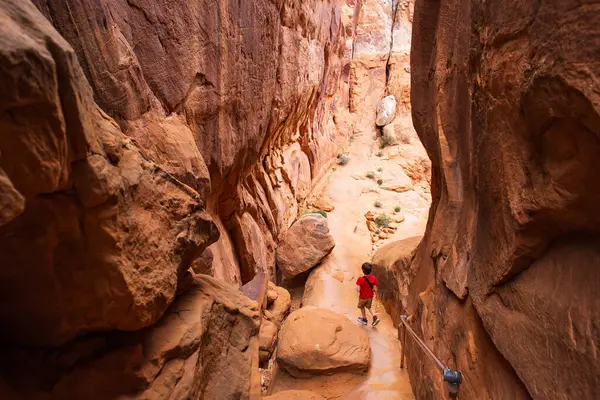
Beyond the ranger-guided tours of Fiery Furnace lies an extended wilderness area where overnight camping is permitted with proper permits and navigation skills. The maze of narrow canyons and towering fins creates a landscape that feels more like an alien planet than anywhere on Earth.
Natural arches and hidden alcoves provide shelter from wind and sun, though finding level ground for camping requires careful site selection. GPS devices often fail in the deep canyons, making map and compass navigation essential.
Yosemite’s Glen Aulin

This series of cascading waterfalls and granite pools sits along the Tuolumne River, offering designated backpacking camps in one of the park’s most beautiful high country areas. The area connects to the John Muir Trail system, making it popular with long-distance hikers, but day hikers rarely venture to the camping areas.
Swimming holes carved into solid granite provide natural bathtubs fed by snowmelt from the surrounding peaks. The moderate 6-mile hike from Tuolumne Meadows makes this more accessible than many backcountry destinations.
Capitol Reef’s Upper Muley Twist Canyon
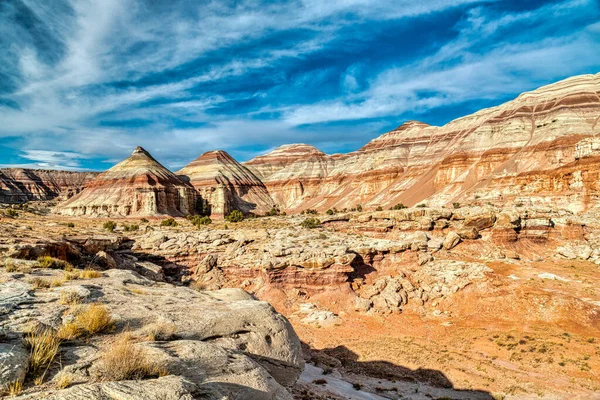
This narrow slot canyon winds through the Waterpocket Fold, offering primitive camping opportunities in one of Utah’s most geologically interesting areas. The canyon walls display millions of years of sedimentary layers, creating a natural classroom for geology enthusiasts.
Petroglyphs left by ancestral Puebloan peoples can be found on canyon walls, adding cultural significance to the natural beauty. Water is generally unavailable, requiring campers to pack in all supplies for multi-day adventures.
Like Travel Pug’s content? Follow us on MSN.
Isle Royale’s Moskey Basin
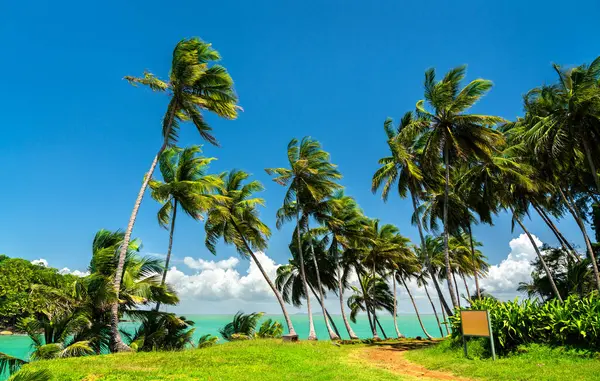
This remote inlet on Lake Superior’s largest island provides camping on a wilderness island that sees fewer annual visitors than Yellowstone receives on a busy day. The area offers excellent fishing for northern pike and lake trout, while moose and wolves roam the surrounding forests.
Getting here requires either a long hike from Rock Harbor or arrival by kayak across often rough waters. The isolation is complete—no cell service, no roads, and no easy escape if the weather turns dangerous.
Sequoia’s Rae Lakes Basin
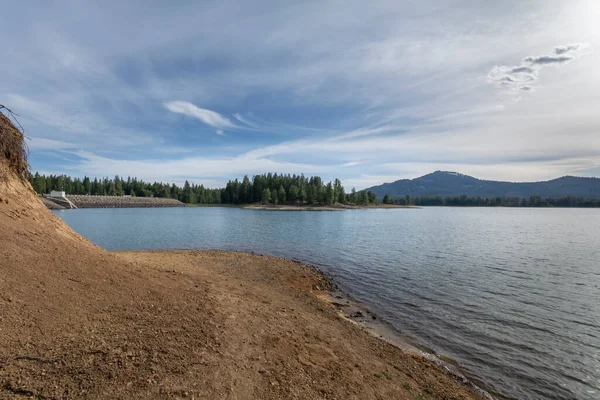
This chain of alpine lakes sits in the heart of the Sierra Nevada, surrounded by granite peaks and ancient trees that have stood for thousands of years. The basin offers designated camping spots that require reservations due to popularity among serious backpackers.
The area connects to both the John Muir Trail and the Pacific Crest Trail, making it a hub for long-distance hiking adventures. Bears are common, and food storage regulations are strictly enforced to protect both wildlife and campers.
Black Canyon’s Inner Canyon Routes
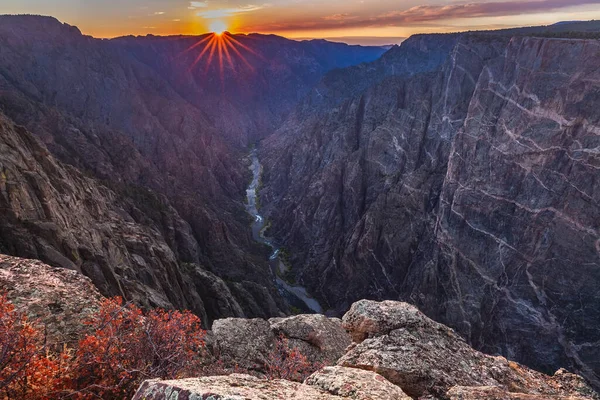
Technical climbing routes lead to primitive camping opportunities on ledges and alcoves within the canyon’s dark walls, though these spots are suitable only for experienced climbers with proper equipment. The Gunnison River flows 2,000 feet below most camping areas, creating a sense of exposure that’s both thrilling and intimidating.
Rockfall danger is real and constant, making helmet use essential throughout the area. These spots offer solitude that’s hard to find anywhere else in the lower 48 states.
Like Travel Pug’s content? Follow us on MSN.
Bryce Canyon’s Under-the-Rim Trail Camps
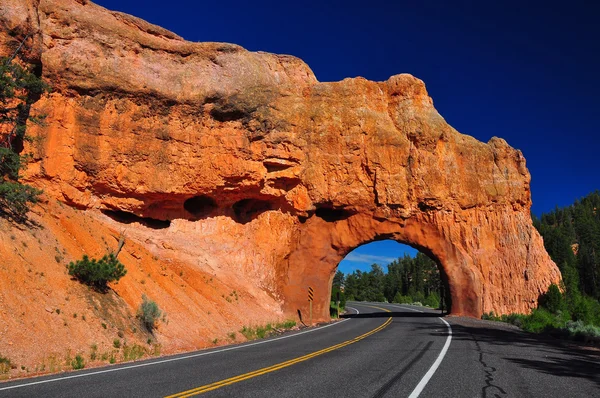
Below the famous viewpoints, this trail system offers camping opportunities among the hoodoos and rock formations that make Bryce Canyon unique. The trail connects multiple designated camping areas, allowing for multi-day adventures through landscapes that change dramatically with each mile.
Water sources are limited and unreliable, making this primarily a dry camping experience that requires careful planning.
Acadia’s Isle au Haut Backcountry
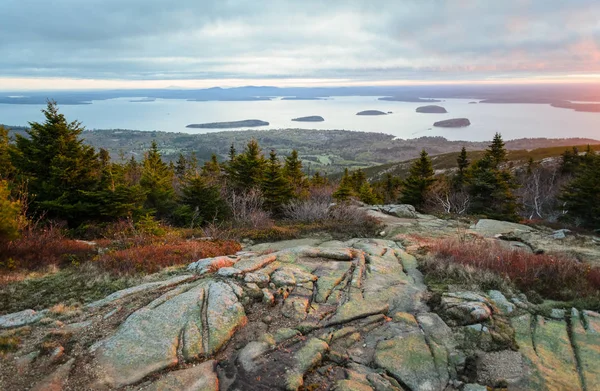
This remote section of Acadia National Park sits on an island accessible only by mail boat, offering primitive camping on Maine’s rugged coastline. The area provides a completely different experience from Acadia’s main section on Mount Desert Island, with fewer visitors and more challenging logistics.
Camping spots overlook the Atlantic Ocean, providing sunrise views and opportunities to observe seabirds and marine mammals. Weather can change rapidly along the coast, making proper gear essential for safe camping.
Congaree’s Backcountry Canoe Camps
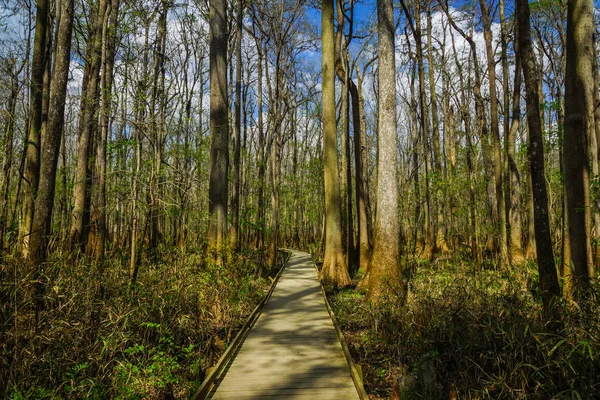
Deep in South Carolina’s swampland, these primitive camping spots are accessible only by canoe or kayak through a maze of waterways beneath towering bald cypress trees. The area offers a rare opportunity to camp in an old-growth forest ecosystem that once covered much of the southeastern United States.
Wildlife encounters include everything from river otters to owls, while bioluminescent fireflies create magical displays during summer evenings. High water levels can make some sites inaccessible during certain seasons.
Like Travel Pug’s content? Follow us on MSN.
Crater Lake’s Lightning Spring
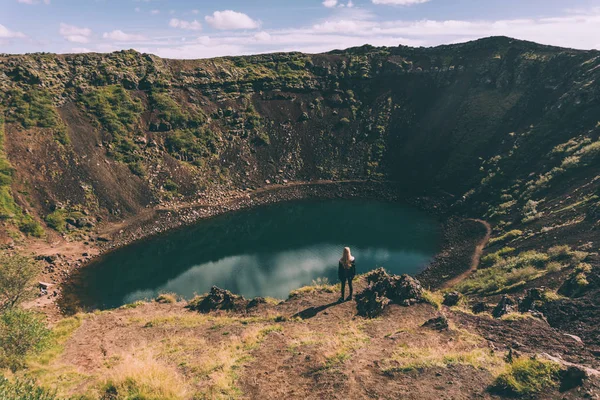
This backcountry camping area sits along the Pacific Crest Trail, offering views of Oregon’s famous crater lake from a perspective few visitors ever experience. The spring provides reliable water in an otherwise dry landscape, supporting a small meadow ecosystem surrounded by volcanic terrain.
Snow can persist here well into summer due to the high elevation, making this primarily a late-season camping destination. The solitude is remarkable, considering the lake’s popularity with day visitors and tour groups.
Wilderness Rewards Beyond the Crowds
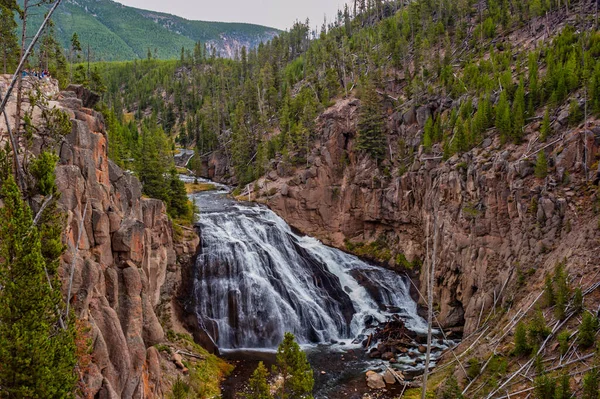
These hidden camping destinations represent the true spirit of America’s national park system—the protection of wild places where nature operates according to its rhythms rather than human schedules. Each location demands respect, preparation, and Leave No Trace principles that ensure future generations can discover the same sense of wilderness adventure.
The permits, planning, and physical effort required to reach these spots filter out casual visitors, creating communities of like-minded adventurers who understand that the best experiences often lie beyond the easy path. In a world of instant gratification and digital distractions, these remote camping opportunities offer something increasingly rare: the chance to be completely present in landscapes that humble and inspire in equal measure.
More from Travel Pug

- 20 Best Beach Towns in the Carolinas
- 13 Destinations Where Tourists Regularly Regret Their Trip
- 20 Things You Actually Get in First Class
- 20 Small Airports With Aviation Museums
- 20 Places in the U.S. That Are Perfect for a Reset Trip
Like Travel Pug’s content? Follow us on MSN.
